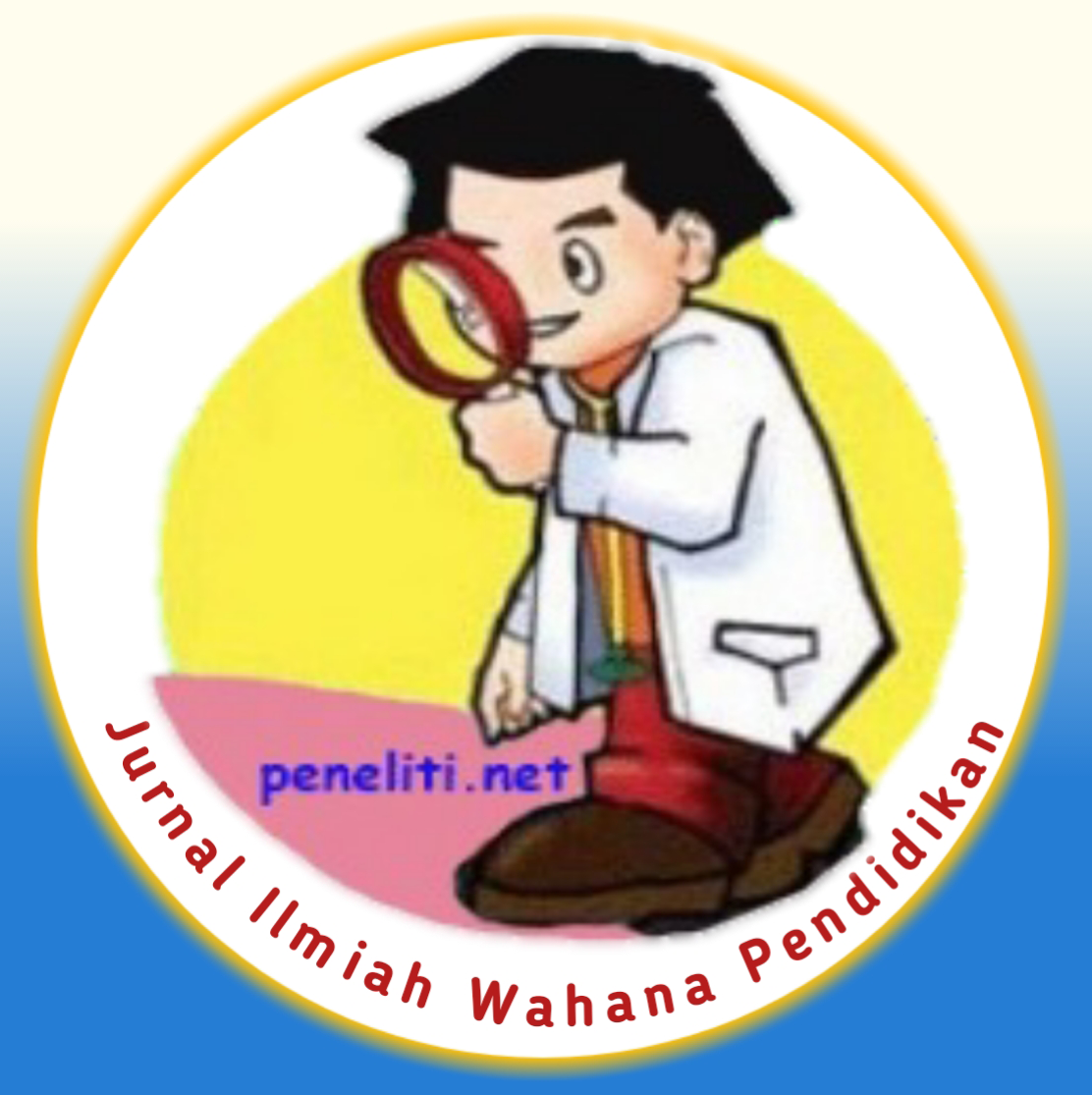Struktur Komunitas Teripang (Holotroidea) di Perairan Juanga Kabupaten Pulau Morotai
Abstract
Sea cucumber is one of the organisms that live and are associated with various aquatic ecosystems, especially the seagrass ecosystems as the main habitat. The lack of public knowledge about the ecological functions of sea cucumber causes these organisms to be subjected to excessive exploitation to trade. Excessive pressure can cause an imbalance in the ecosystem even if left continuously, this organism will experience population degradation. This research was conducted from November to December 2019 at the Juanga Waters, Pulau Morotai Regency. The purpose of this research is to know the structure of the sea cucumber community in the waters of Juanga Village, South Morotai District, and Pulau Morotai Regency. Data retrieval in this research using the method transects squared which consists of three stations with a square size of 1x1 meter. Analysis of community structure data includes; density, Species Diversity, Dominance Index and Uniformity Index. The results of the analysis of the highest density values are found in station II with a value of 1.133 (Ind / m2) hereinafter at station III with a value of 1,011 (Ind / m2) and the lowest density value is at a station I with a value of 1,000 (Ind /m2). The highest density value to three stations is the Holothuria atra type. The results of the analysis of species diversity (Holothuroidea) in the waters of Juanga from the three stations are relatively low with an average value of 2.42; the Dominance Index is relatively low. While the uniformity index indicates the medium category on all research stations.




